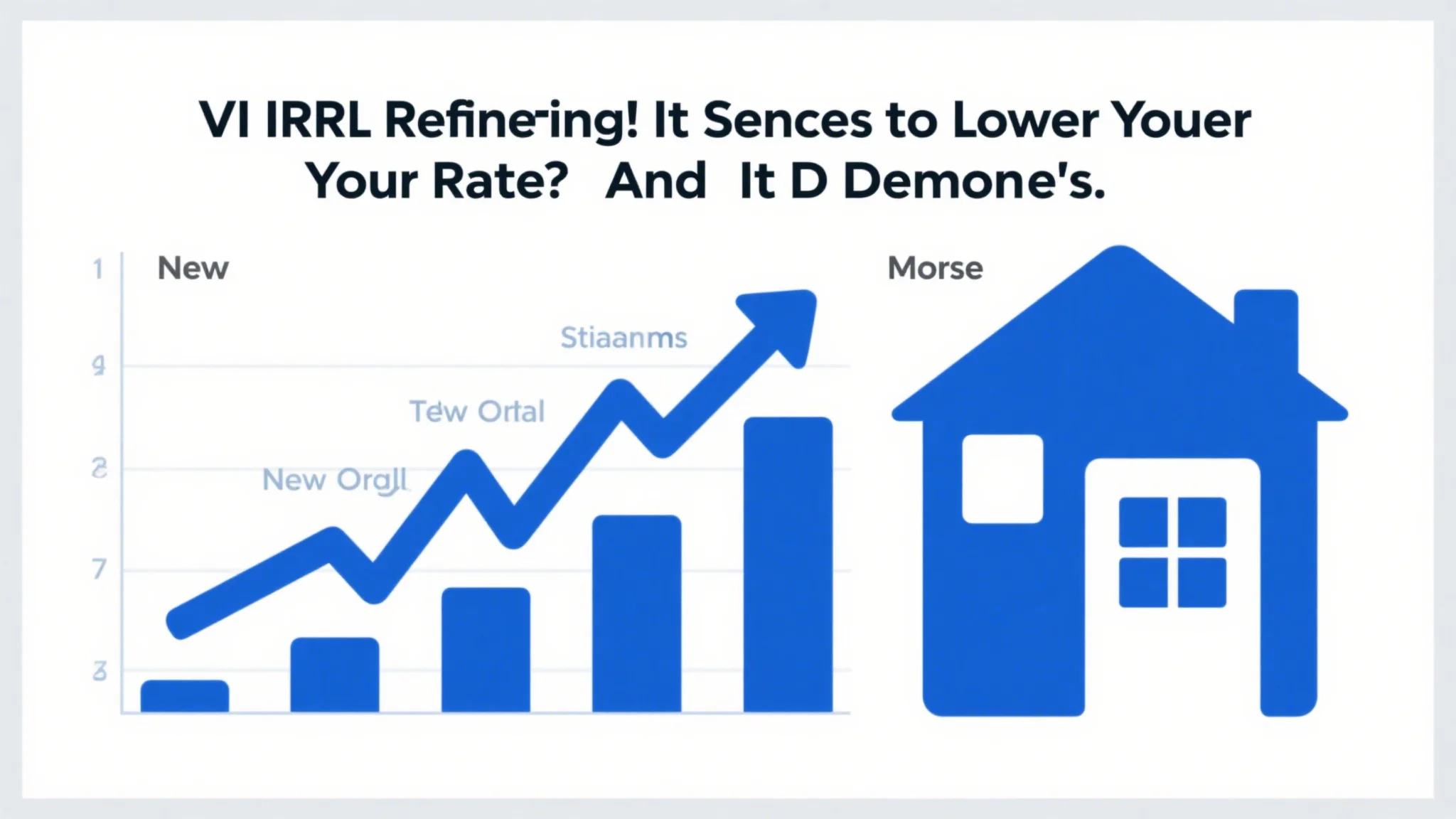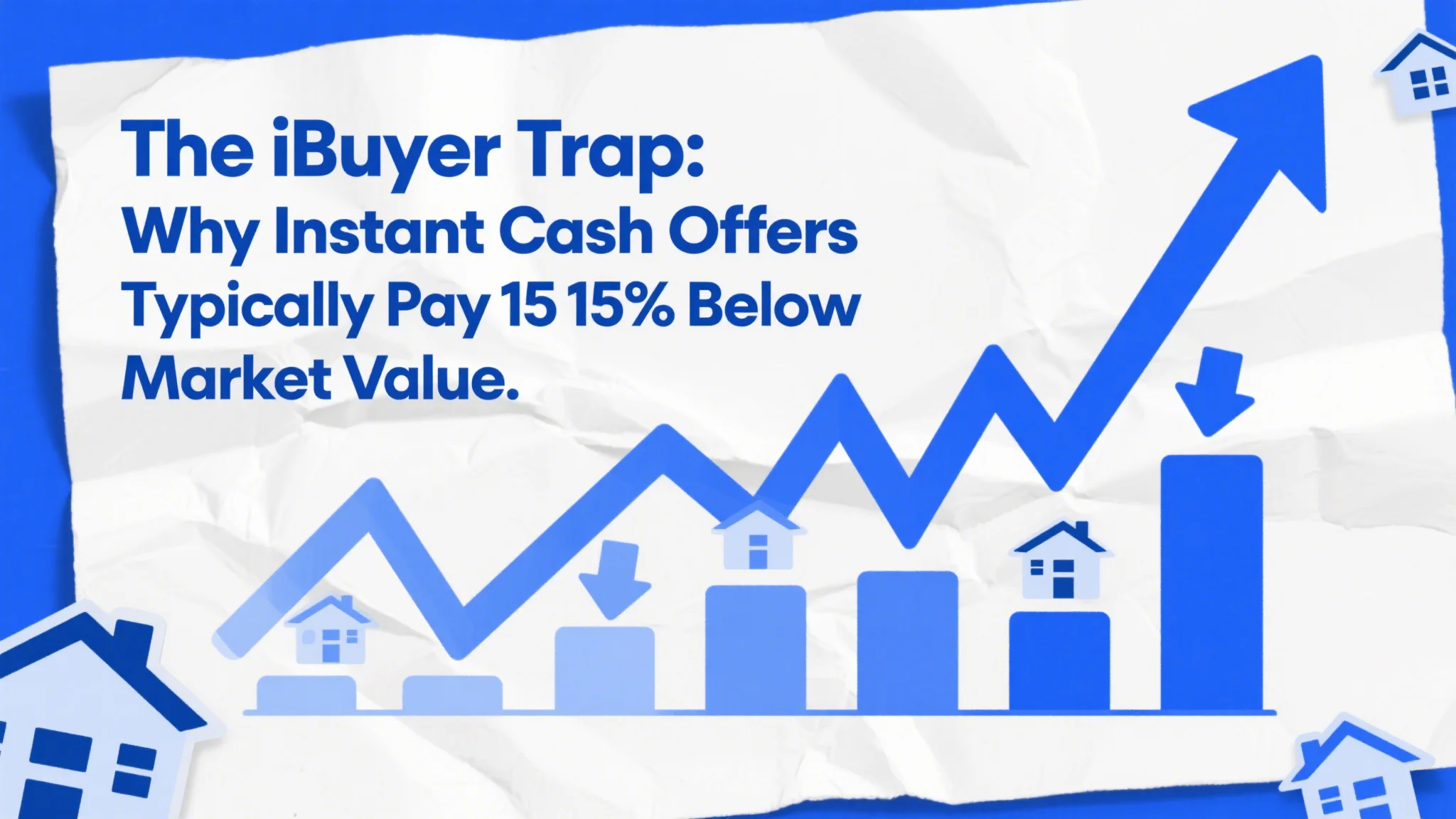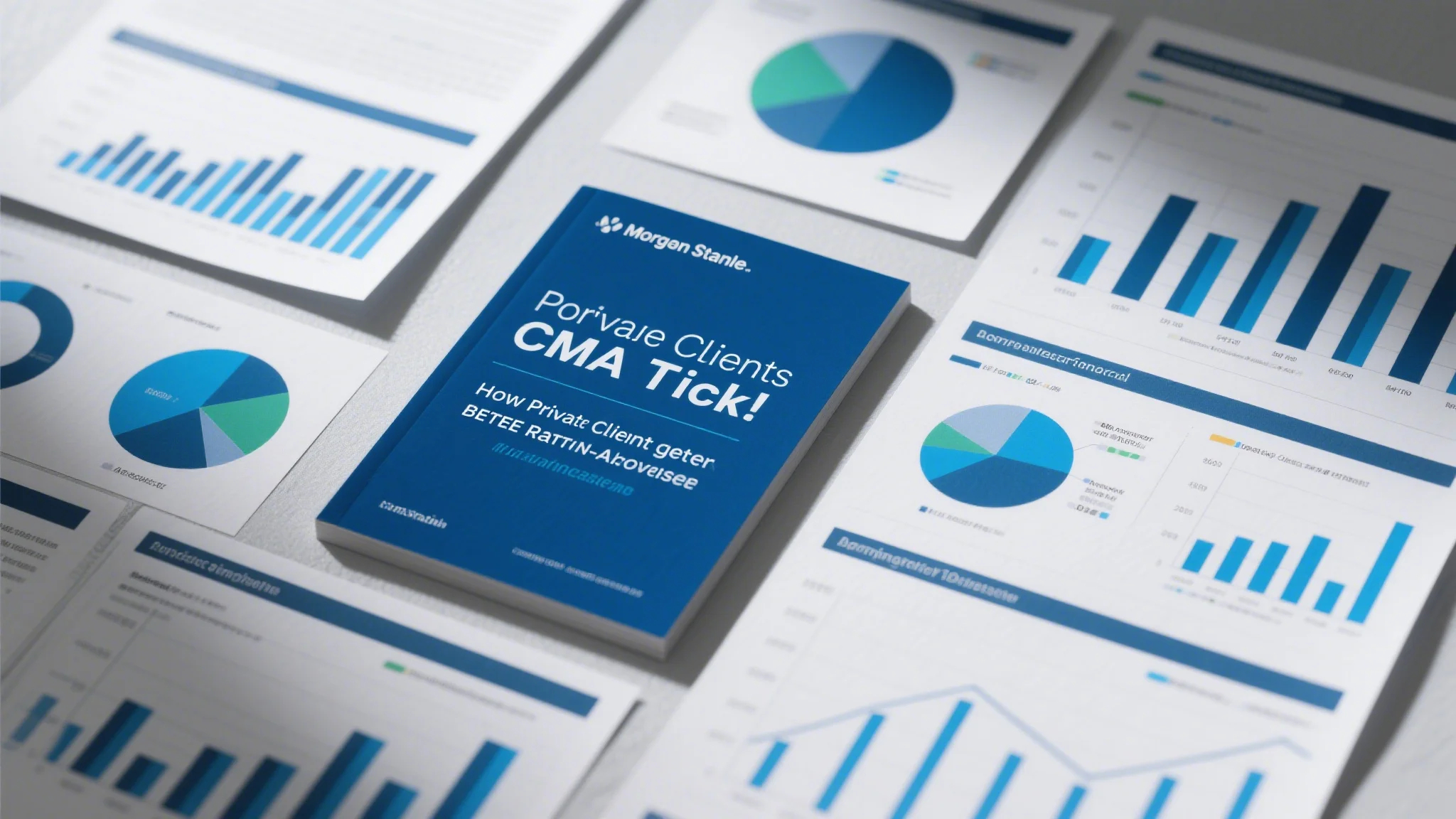For crypto investors, achieving homeownership may seem daunting due to the volatility of cryptocurrency and the potential tax implications of selling assets. However, with the right strategies, it’s possible to qualify for conventional mortgage rates without triggering tax events. This guide explores how crypto investors can navigate the housing market while preserving their wealth and maintaining financial flexibility.

Understanding the Path to Conventional Mortgage Rates
Crypto investors have disrupted traditional financial markets with their innovative approach to wealth-building, but when it comes to securing a conventional mortgage, the rules remain the same. Unlike cryptocurrency, which operates in a decentralized and often volatile environment, conventional mortgages are governed by strict financial regulations and tax laws. To qualify for conventional mortgage rates, crypto investors must demonstrate their creditworthiness, income stability, and ability to meet down payment requirements.
1. The Importance of Creditworthiness
One of the most critical factors in securing a conventional mortgage is creditworthiness. Lenders assess your credit score, history, and debt-to-income (DTI) ratio to determine your eligibility. For crypto investors, who may not have a traditional employment history or steady paycheck, building and maintaining a strong credit profile is essential.
Building Credit: If you’re new to traditional lending, consider opening a credit card or taking out a small loan to establish a credit history. Ensure timely payments to build a positive credit score.
Maintaining Low Debt: High levels of debt can negatively impact your DTI ratio. Aim to keep your debts low and manageable to improve your chances of approval.
2. Demonstrating Income Stability
Crypto investments can be highly volatile, making it challenging to prove income stability. However, there are strategies to showcase your financial resilience:
Documenting Income: Provide lenders with detailed records of your crypto earnings, including transaction histories and tax filings. This documentation helps lenders understand your income streams.
Diversifying Income: If possible, diversify your income sources to reduce reliance on crypto. This could include rental income, dividends, or a side business.
3. Securing a Down Payment
A conventional mortgage typically requires a down payment of at least 3% of the home’s value. For crypto investors, this means converting a portion of your crypto assets into cash or liquid assets without triggering a taxable event.
Tax-Advantaged Accounts: Consider using funds from a Roth IRA or other tax-advantaged accounts to cover the down payment. These funds are generally not taxed when used for qualified purposes.
Hard Fork Planning: If you anticipate a hard fork or airdrop, plan strategically to convert assets during these events to avoid unnecessary tax liabilities.
4. Working with the Right Mortgage Professional
A knowledgeable mortgage broker or lender who understands the unique challenges faced by crypto investors can make a significant difference. They can guide you through the application process, help you navigate tax implications, and identify the best mortgage products for your situation.
By addressing these key areas, crypto investors can position themselves to qualify for conventional mortgage rates without triggering tax events.
Advanced Strategies for Tax-Efficient Mortgage Qualification
While the foundation of securing a conventional mortgage lies in creditworthiness and income stability, advanced strategies can further enhance your chances of approval while preserving your wealth. These strategies focus on tax-efficient asset management and leveraging the flexibility of cryptocurrency.
1. Utilizing Tax-Loss Harvesting
Crypto investors are well-acquainted with market volatility, which can lead to significant gains or losses. Tax-loss harvesting is a powerful tool to offset taxable income without liquidating your assets.
Offsetting Gains: If you’ve realized capital gains from selling crypto assets, use tax-loss harvesting to offset these gains and reduce your taxable income.
Timing Transactions: Be mindful of the timing of your transactions. Selling assets during a tax-loss harvesting window can help minimize your tax burden.
2. The Benefits of a 1031 Exchange
For those looking to reinvest in real estate, a 1031 exchange is a tax-deferred strategy that allows you to sell an asset and reinvest the proceeds without immediately recognizing capital gains. This strategy is particularly valuable for crypto investors who want to preserve their wealth while diversifying into real estate.
Process: A 1031 exchange requires you to identify and acquire a like-kind property within 45 days of selling your asset and complete the transaction within 180 days.
Tax Advantages: By deferring taxes, you can reinvest the full proceeds into a new property, maximizing your purchasing power.
3. Leveraging a Roth IRA for Mortgage Down Payments
A Roth IRA offers significant flexibility when it comes to financing a home. Unlike traditional IRAs, Roth IRAs allow for penalty-free withdrawals of contributions for a first-time home purchase.
Withdrawal Rules: You can withdraw up to $10,000 in contributions from your Roth IRA for a down payment, closing costs, or other qualified expenses.
Tax-Free Growth: Earnings in a Roth IRA are tax-free, making it an excellent long-term investment vehicle.
4. The Role of Patience and Planning
Crypto markets are inherently unpredictable, and rushing into a mortgage application without proper planning can lead to unfavorable terms or rejection.
Long-Term Thinking: Approach homeownership as a long-term investment. By building your credit, diversifying your income, and managing your assets strategically, you position yourself for success.
Continuous Learning: Stay informed about tax laws, market trends, and mortgage products to make informed decisions.
Qualifying for conventional mortgage rates as a crypto investor is achievable with careful planning, strategic asset management, and a focus on financial literacy. By building credit, documenting income, securing a down payment, and leveraging tax-efficient strategies like tax-loss harvesting and 1031 exchanges, you can achieve homeownership without triggering unnecessary tax events. Remember, the key to success lies in patience, planning, and working with professionals who understand your unique financial situation. With the right approach, crypto investors can unlock the door to homeownership and build a secure financial future.


